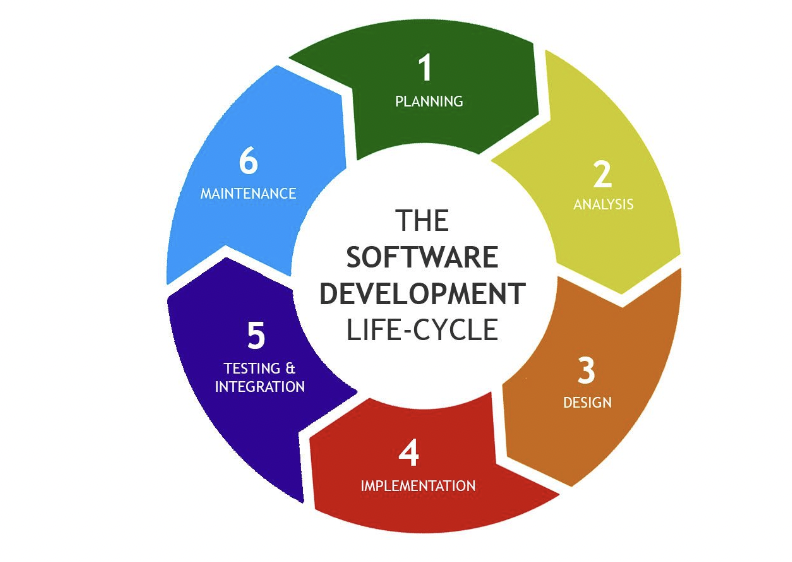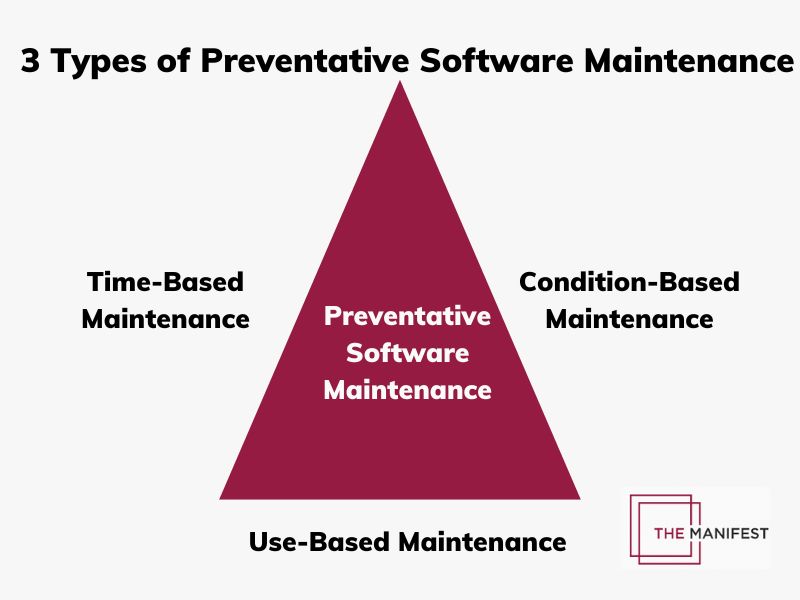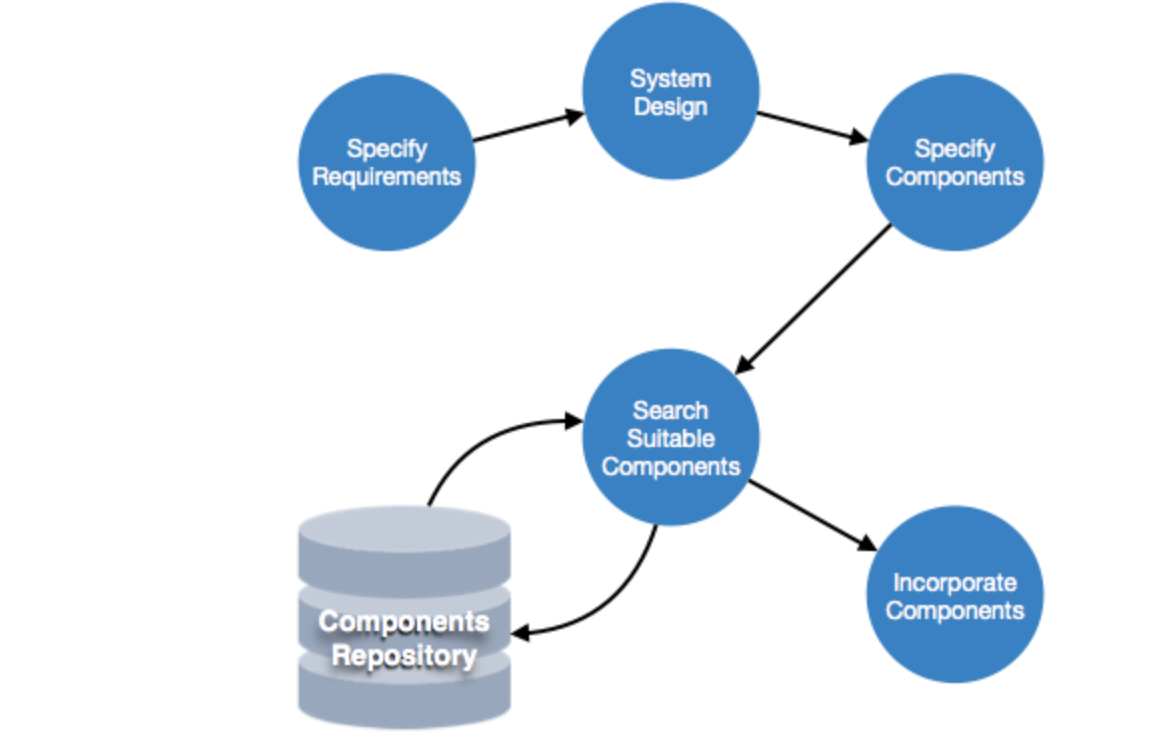4 Software Maintenance Types for Long-Term Success

4 Software Maintenance Types for Long-Term Success
Software isn’t meant to be left untouched after its launch. Instead, software development teams are supposed to care for it over time and iterate via updates, patches, and upgrades. This article will aid development teams in examining the types of software maintenance they currently perform while also encouraging holistic maintenance in other areas.
Imagine: your software development team just spent months perfecting your company’s latest and greatest product. It has all the essential functionality, new features, and upgrades end users expect. It launches, and things seem great.
However, a year later, the software product is no longer as cutting-edge as it was when it was launched. Suddenly, it requires your team’s attention again. That’s because software engineering doesn’t stop with the creation of new software.
The software development life cycle (SDLC) mandates that products undergo a continuous software maintenance process as a means of product optimization.

Source: Arkbauer
The SDLC is broken into 6 phases: planning, analysis, design, implementation, testing, and maintenance. Software maintenance is critical because it ends the initial lifecycle and lays the groundwork for iterative software requirements, user experience adjustments, and software design elements to be scoped out.
Additionally, the maintenance stage provides a space for the validation of successful software systems. In the maintenance stage, we learn how software performs in an external environment.
Want to keep your software process up-to-date? Connect with the best software development companies on The Manifest for top-tier maintenance activities.
4 Types of Software Maintenance
There isn’t just one type of software maintenance. Depending on a programmer’s goal for a product or part of the software, there are four different kinds of maintenance that can be performed:
- Preventive software maintenance
- Adaptive software maintenance
- Corrective software maintenance
- Perfective software maintenance
All software maintenance activities can be categorized into these maintenance types. Keep track of what kinds of maintenance you’re performing routinely on your software programs to learn more about areas for improvement and bright spots within your offerings.
1. Preventive Maintenance
Preventative maintenance will likely sound familiar to you. It’s any adjustments or software maintenance activities performed to avoid potential issues. It ensures you’re using proactive thinking in the management of your product.
In preventative maintenance, you'll find yourself doing three main types of activities: time-based maintenance, use-based maintenance, and condition-based maintenance.

Preventative maintenance is important for the configuration management of a product. Configuration management is the process of achieving and maintaining high product performance over time.
Performing configuration management requires regular patches, updates, and upgrades to be made to software products. This keeps them up and running in their preferred state.
Time-Based Maintenance
Time-based maintenance activities are performed routinely, following a predetermined schedule. For instance, a software or product manager might deem that it’s necessary to revisit software security every two years.
This type of maintenance is prioritized but expected, making planning easier for engineering teams.
Use-Based Maintenance
Use-based maintenance refers to upgrades to tools that will be worn down over time by use. One of the more common examples of these in software is the hardware condition.
Any materials you need that will wear and tear the longer they are should be subject to maintenance at least on an as-needed basis.
Condition-Based Maintenance
Here, software fixes are put in place to address an existing product's expected wear and tear. For instance, a ‘patch’ might be implemented to address security risks or potential bugs.
2. Adaptive Maintenance
Adaptive software maintenance targets any improvements related to compliance with new rules and regulations governing your product. These regulatory constraints can range from federal laws to company policy on tech.
Examples of adaptive maintenance include the following:
- Operating system changes
- Cloud storage migration
- Hardware updates
- Data storage and management
All of these changes can be implemented in response to changing regulations. These are intended to keep software products functioning at the cutting edge of technology and always able to meet compliance standards.
Within the adaptive maintenance process, research from the IEEE (Institute of Electrical and Electronics Engineers) shows that analysis during the maintenance process is what impacts how well software can be maintained over time.
This suggests that focusing on properly understanding a software issue and associated regulatory change will make for smoother maintenance in the long run.
When planning action items for adaptive maintenance, be sure to hone in on analysis and scoping.
3. Corrective Maintenance
Corrective maintenance occurs after something has gone wrong. Rather than proactive (like preventative), corrective software maintenance is reactive. The process begins as a response to a failing module or element of a product.
Once an issue has been identified, the software team can jump in to evaluate and address the issue. Because the SDLC is ongoing, there are times when software leads will address issues in a product they did not have a hand in creating.
This means that solving the problem without proper documentation from past teammates will require creativity.
This is where reverse engineering, unfortunately, comes into play. Reverse engineering refers to the process of working backward — engineers start with the issue to locate the source of the problem.
When the product is tested and working properly following changes, enhancements can be communicated to the larger user base.
What is Re-Engineering?
The reengineering process can occur once the core issue is defined. The team will work within the existing product and programming language, adjusting the source code as necessary to correct the problem.
But, re-engineering is about more than correcting the issues in front of you. Re-engineering is any modification made to a software product that’s designed to make it easier to maintain in the future.
4. Perfective Maintenance
Perfective maintenance is exactly what it sounds like — changes that perfect a product for users rather than address a bare-bones need.
In the real world, perfective maintenance requires a strong customer experience and project management teams. Why? Perfective maintenance is user-centric and largely determined by what would make a user experience more intuitive or compelling.
For instance, let’s consider automation. Let’s say a supply chain and logistics company has a software product for tracking inventory.
Teammates are encouraged to update and check the system to pull reports whenever needed. But, really, the manager only needs reports at the beginning and end of the day. However, these reports also need to be completely accurate snapshots.
The manager may bring this information to their software partner with this feedback, hoping for an automated solution that automatically directs twice-daily reports to him.
While this update isn’t essential for the continued function of the product, a solution would greatly improve the product for its end users. A request like this should be prioritized but shouldn’t take precedence over a corrective maintenance activity, for example.
What is the Software Reuse Model?
One of the many software maintenance models that can be run is the reuse model. This process involves reusing components of an existing piece of software and modifying other targeted components to achieve improvements.

Source: Tutorials Point
There are two options for applying this model: keep software requirements and modify components or keep software components and modify the original requirements.
The reuse process otherwise resembles the software development process: requirements selection followed by design, development, and implementation.
However, it’s critical that the choice between software elements and the original requirements is chosen with certainty and solutions in mind.
The Benefits are Worth the Software Maintenance Cost
Coming up with a maintenance plan for software changes isn’t the most glamorous part of a software project. However, maintenance management is what sets great products and programmers apart.
To ensure you’re making the most impactful enhancements to your products, remember the four types of software maintenance: preventive, adaptive, corrective, and perfective. Develop a software management system and divvy up different types of tasks to improve your existing software.
Want to make a difference in your software applications? Find top software developers on The Manifest.
